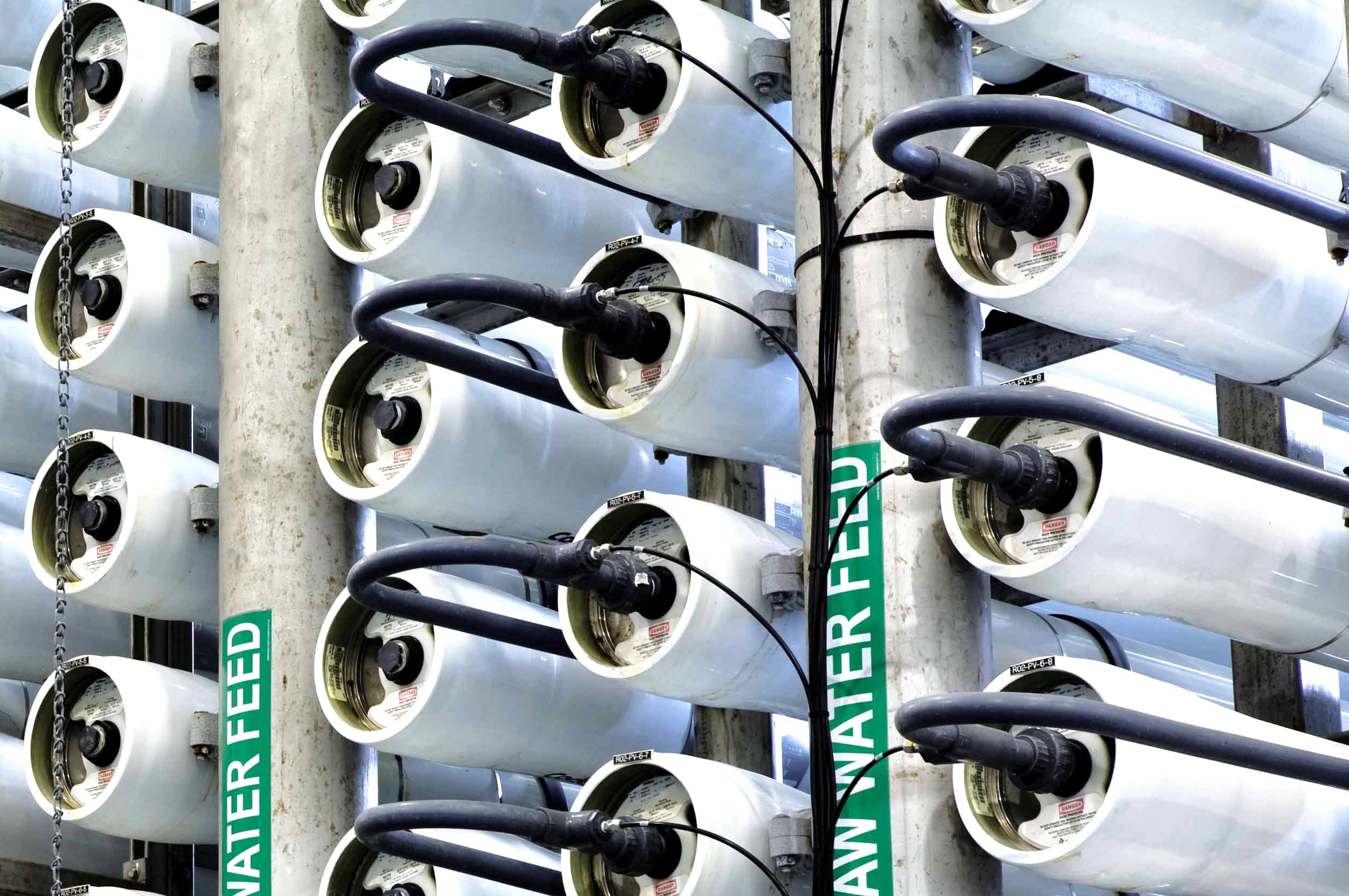Ultrafiltration (UF) is a pressure-driven separation process. It depends on the particle size of the material to be filtered. Ultrafiltration membranes have a pore size between 1nm and 100nm, thus allowing for a retention of compounds with a molecular weight range of 300-500,000 Dalton.
It is a process suitable for retaining biomolecules, bacteria, viruses, polymers, colloidal particles and sugar molecules.
Application of Ultrafiltration Membranes are defined by the nominal molecular weight cut-off (MWCO). The MWCO generally represents the smallest molecular weight for which the membrane has a retention value of more than 90%. In many cases, separation efficiency is not only influenced by the cut-off but also by the interaction between the membrane and the raw solution.
The operating pressure for ultrafiltration is usually between 0.1 and 1 MPa.
Great significance is given to the use of ultrafiltration for sterile filtration because only a suitable ultrafiltration process can ensure a retention of >log4 for bacteria, viruses, legionella and possibly even endotoxins. Ultrafiltration is therefore the choice process for point-of-use filtration for the safe production of drinking water.
Advantages of UF compared to conventional treatment such as clarifiers and media filters are its high tolerance to feed water quality variations, distinct barrier to pollutants or filterable materials and an improved water quality.
The following operations are typically ideal for the application of ultrafiltration:
- Filtration of raw solutions
- Concentration of substances
- Fractionating of substances
Example of for above applications include:
- Sterile filtration of drinking and beverage water
- Treatment of surface water
- Removal of metal salts in wastewater treatment
- Recovery of filter back-flushing water
- Separation of oil/water emulsions
- Separation of biomass in biotechnology
- Milk whey concentration
- Fruit Juice concertation
- Wastewater treatment and re-use
- Membrane Bio Reactor (MBR)
One of the most popular uses of ultrafiltration lies in the application of membrane bioreactors (MBR) for Wastewater Treatment. The ultrafiltration process can operate in the normal way which is a “cross-flow by-pass system” or as a “submerged system” in the bioreactor vessel by means of vacuum suction at low trans-membrane pressures.
The combination of activated sludge with membrane separation in the MBR results in improved efficiencies related to footprint , effluent quality and residuals production that cannot be attained when these same processes are operated in sequence.

